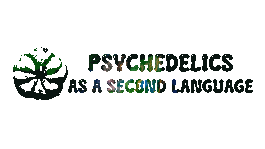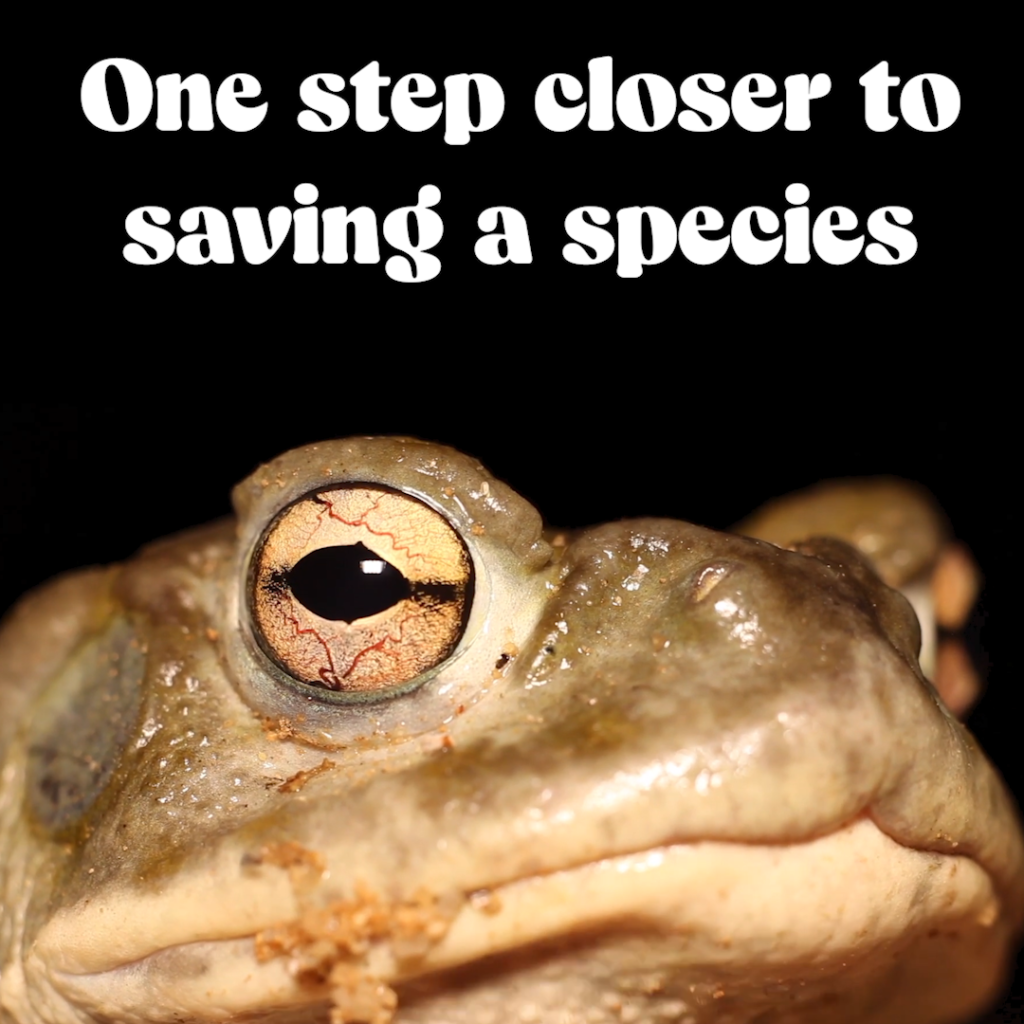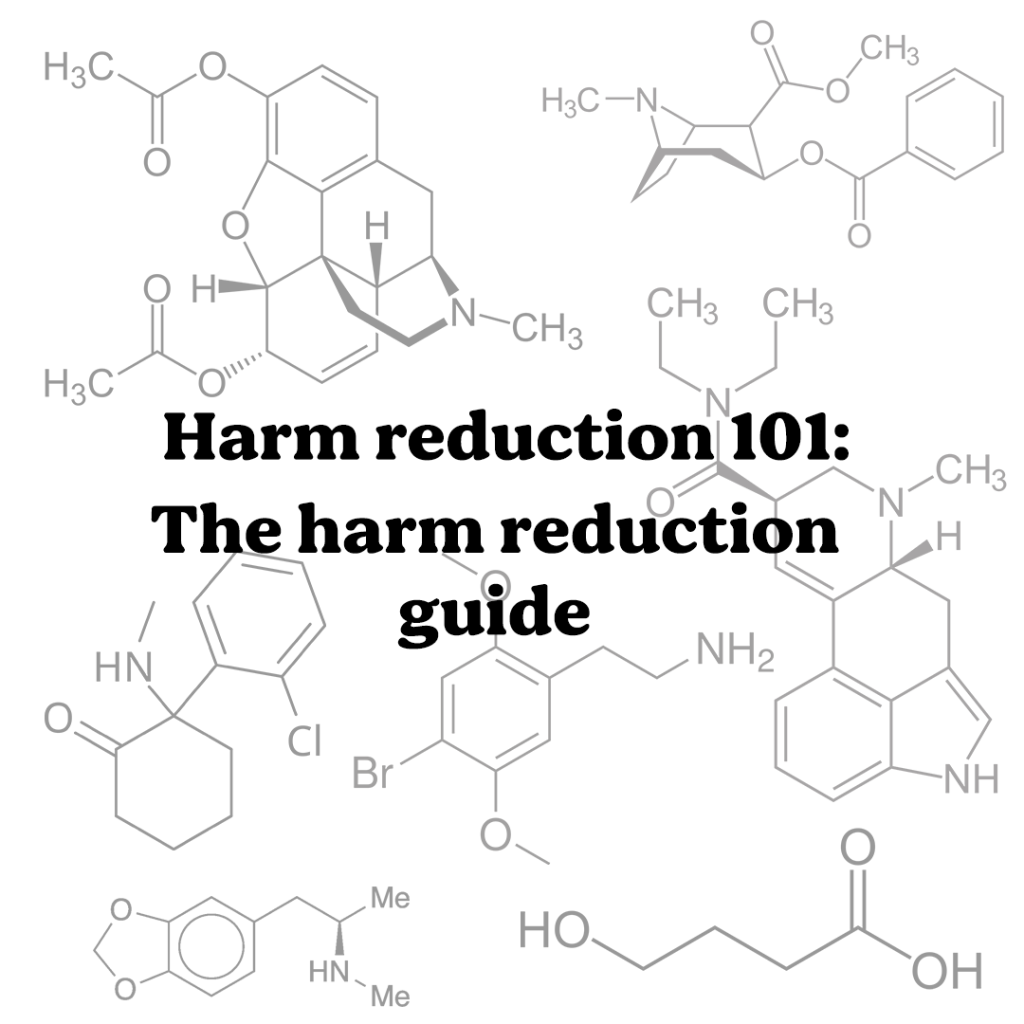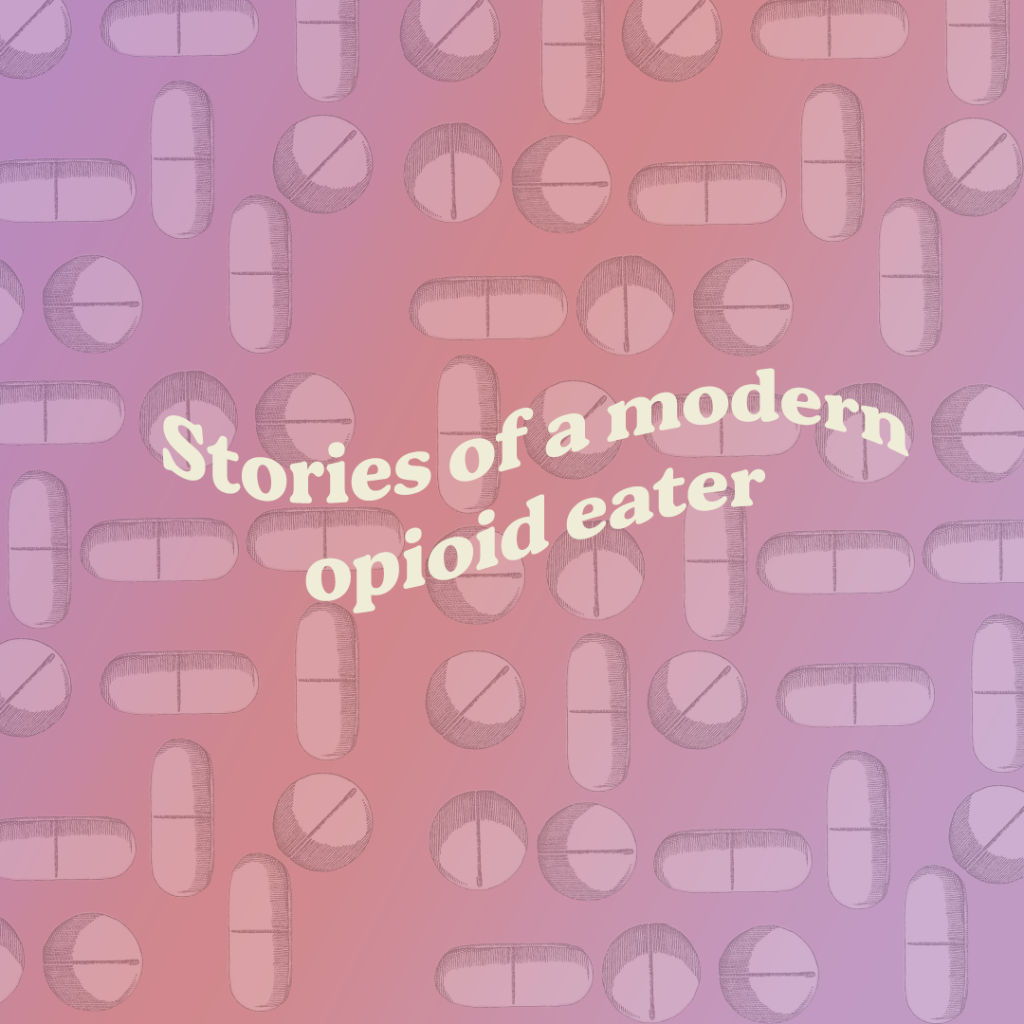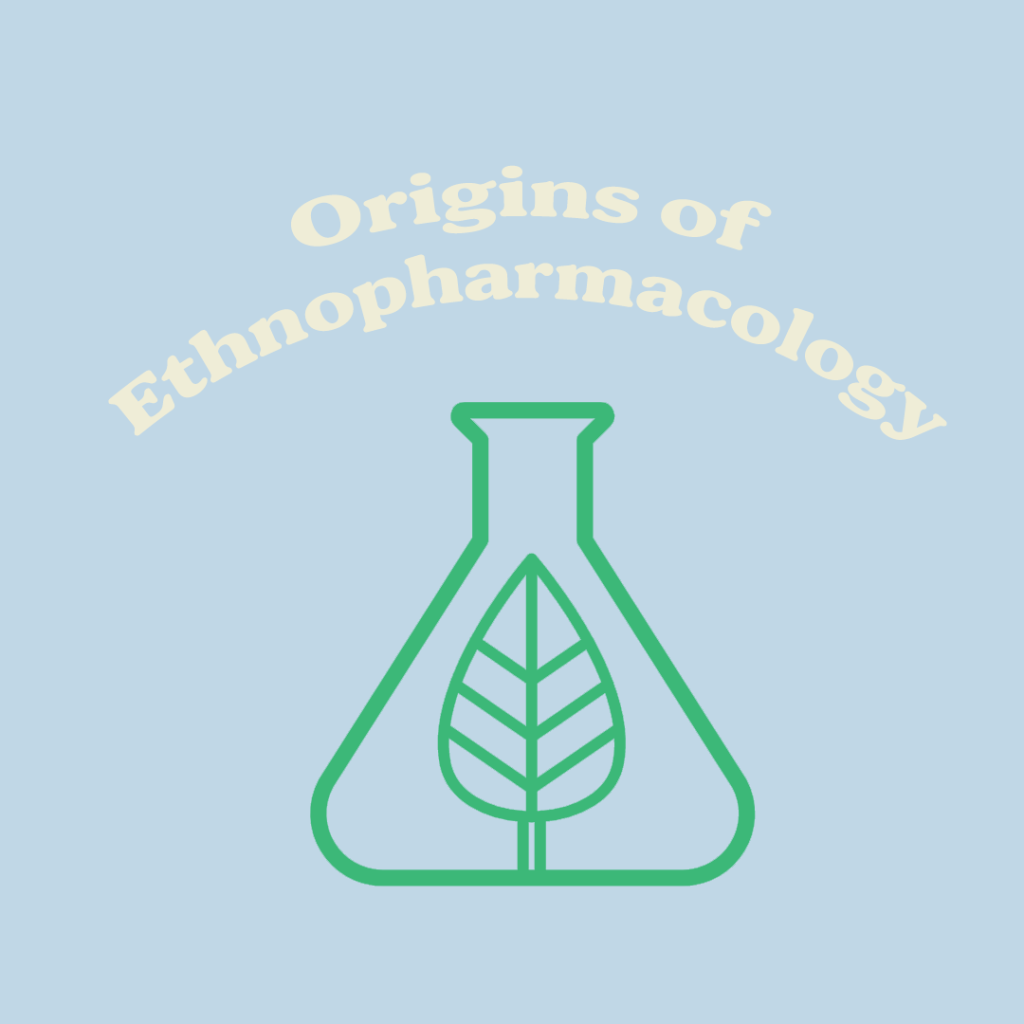Aspirin, Digoxin, and Morphine aren’t the first thing that comes to our minds once we hear the word Plant Medicine. Regardless of their seemingly distant origin, all those compounds once had a plant origin. To this, we name ethnopharmacology. Using the word of Juerg Gertsch: “Ethnopharmacology tries to understand the pharmacological basis of culturally important plants.”
Today, ethnopharmacology has an equally important role, as we are using plants that have been used for centuries by natives. Plants such as Peyote, Ayahuasca, Iboga, Kava Kava, and Psilocybe aid us with the current mental illness epidemic. Thus, Indigenous communities are once again furnishing us and aiding us with their ancient knowledge, this being said it would only be unfair not to feature such communities in Psychedelic and Ethnobotanical conferences, giving them their due credit, and teaching us about how much these plants mean to their culture, and most importantly how we should respect and protect indigenous rights.
